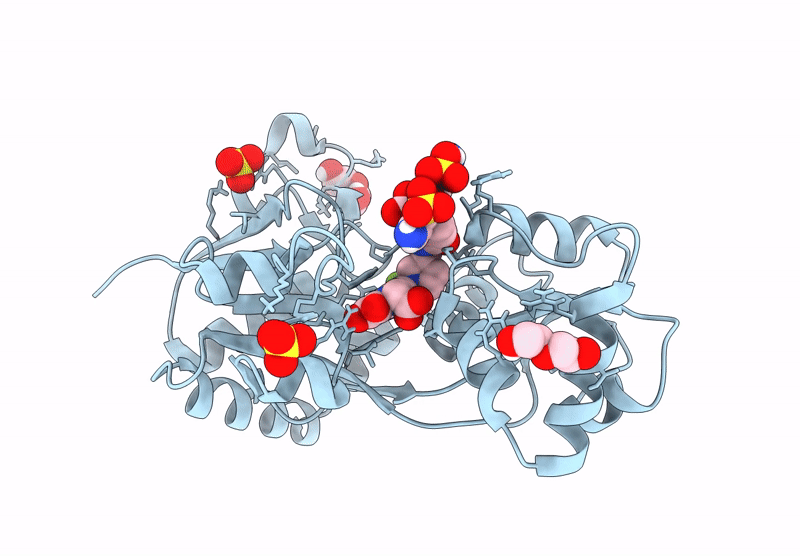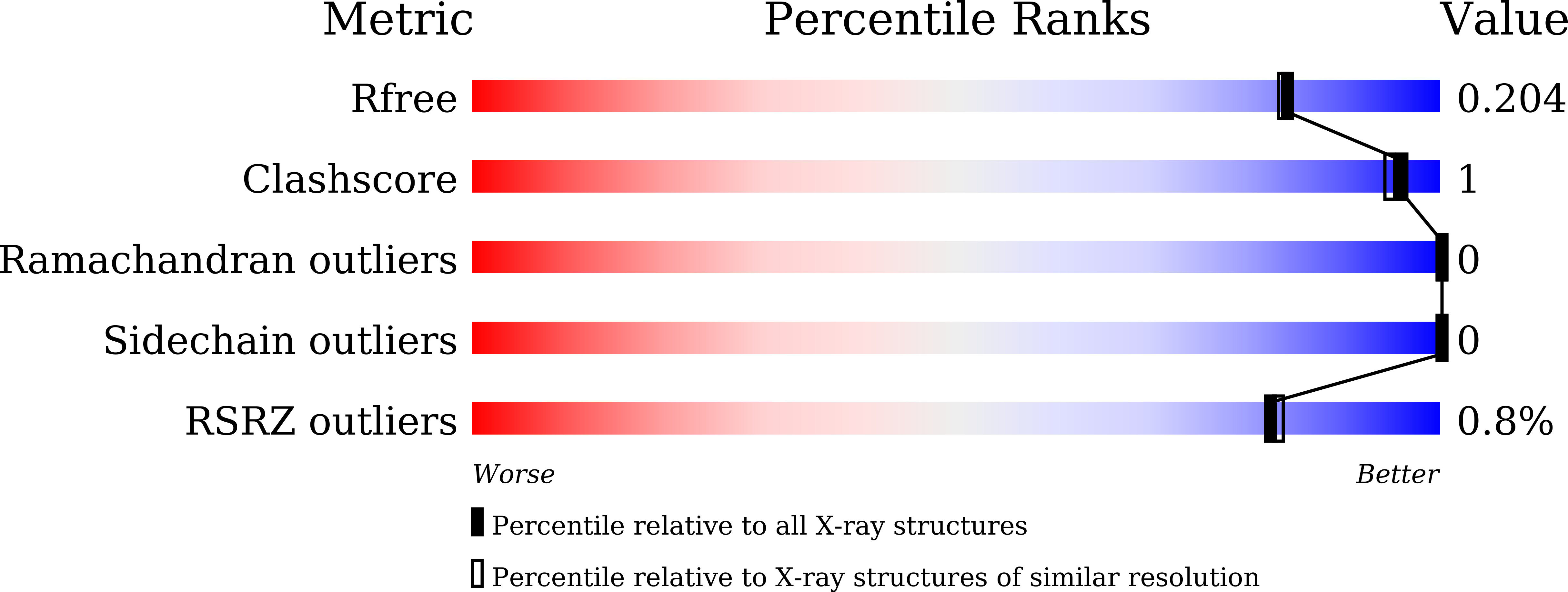
Deposition Date
2024-08-21
Release Date
2025-07-02
Last Version Date
2025-07-02
Entry Detail
PDB ID:
9J8K
Keywords:
Title:
Crystal structure of the GluA2 ligand binding core (S1S2J) in complex with fluorophore-ligand conjugate
Biological Source:
Source Organism:
Rattus norvegicus (Taxon ID: 10116)
Host Organism:
Method Details:
Experimental Method:
Resolution:
1.82 Å
R-Value Free:
0.19
R-Value Work:
0.16
R-Value Observed:
0.17
Space Group:
P 61 2 2


